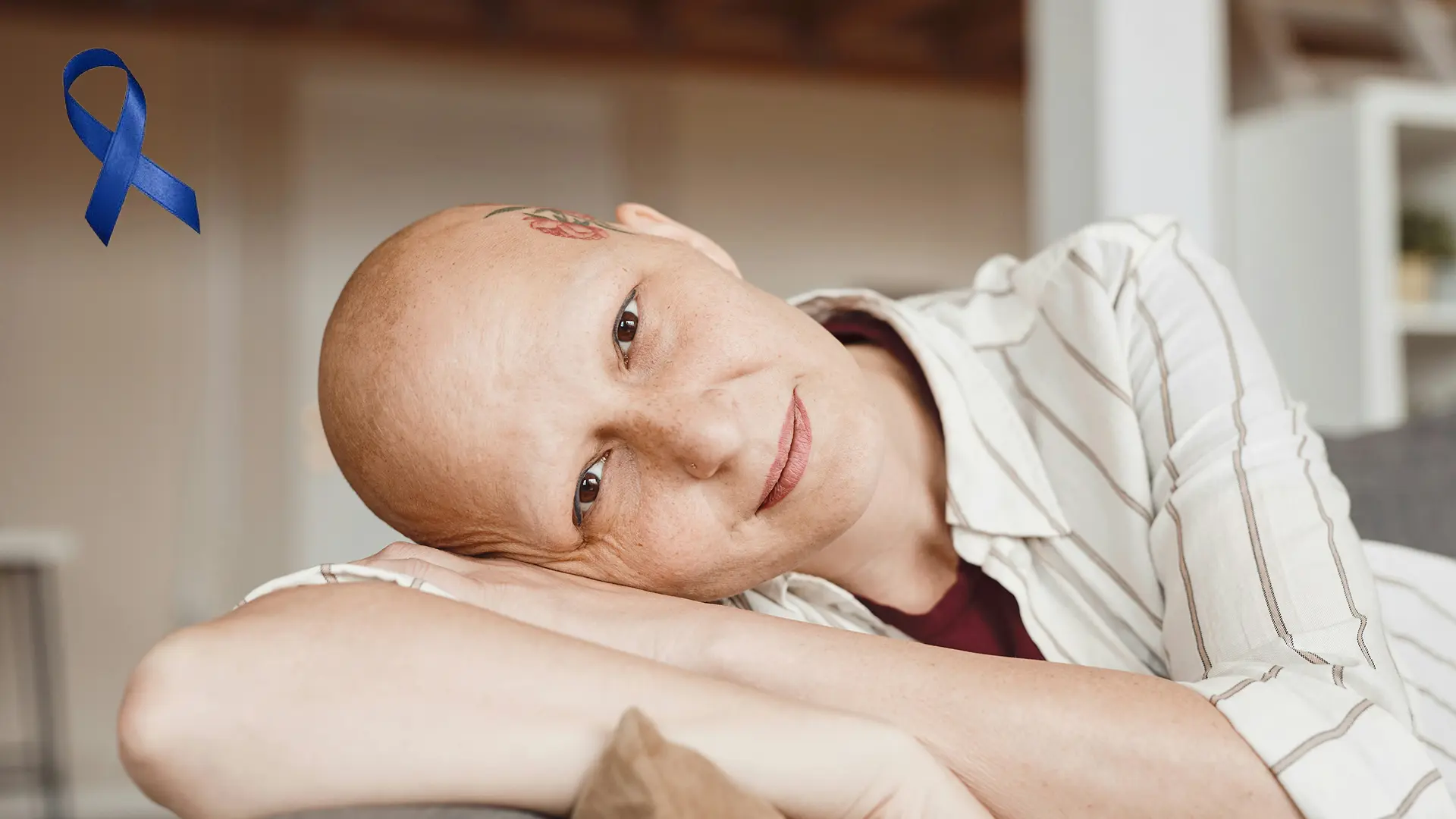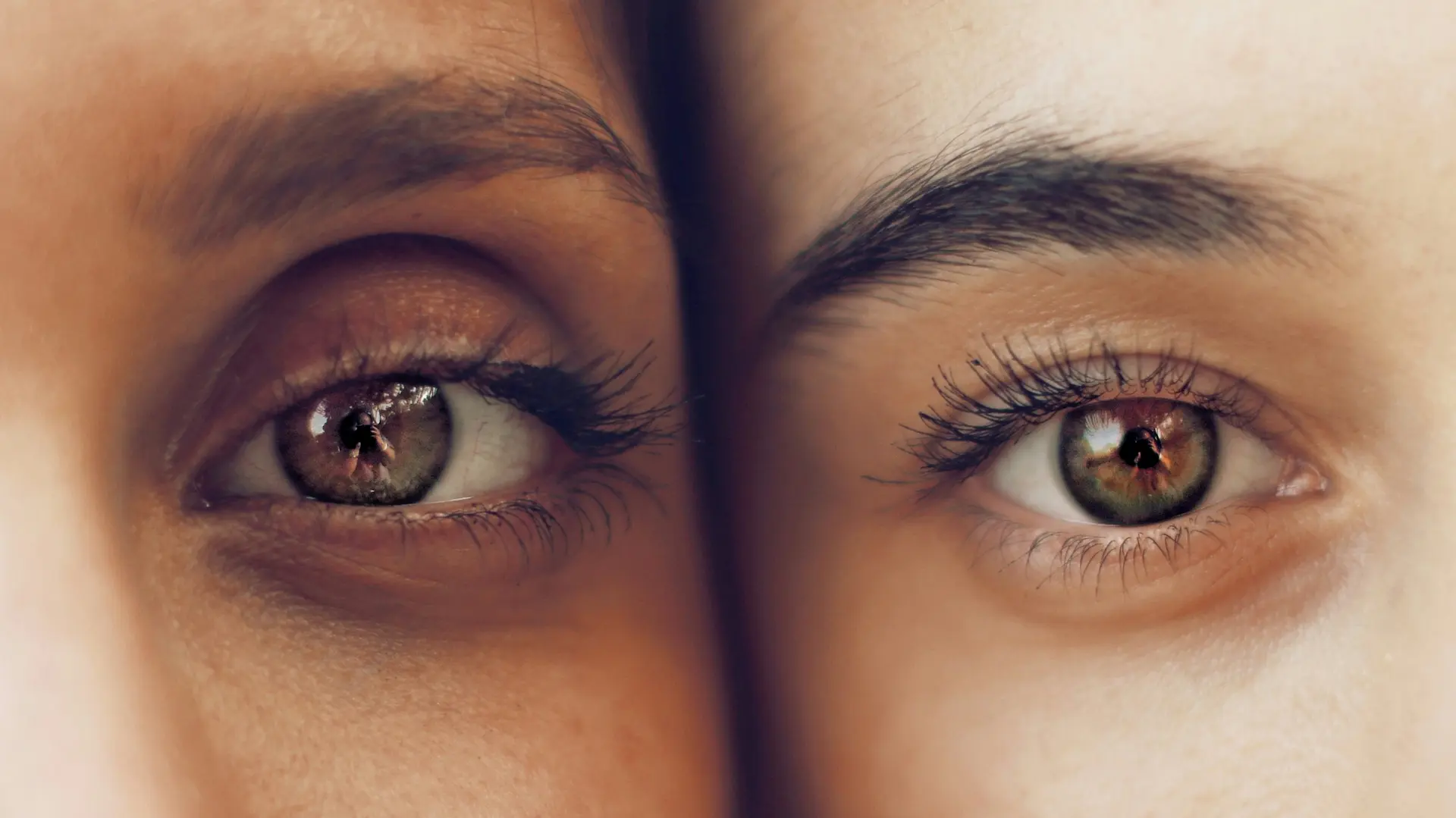This article explores the many reasons why people wear wigs, highlighting how they serve both functional and cultural purposes. From fashion and convenience to medical necessity and religious practice, wigs play a significant role in identity, confidence, and tradition. The main insights include:
- Fashion and convenience: experimenting with hairstyles, colours, and lengths without commitment
- Medical hair loss: wigs as a source of confidence and normalcy for those with alopecia or undergoing treatment
- Protective styling: reducing damage from heat, chemicals, and styling, especially for textured hair
- Gender expression: affirming identity and supporting transitions in the transgender community
- Religious observance: wigs as part of Orthodox Jewish traditions and modesty laws
- Professional practice: wigs symbolising authority and tradition in the courtroom
For many, wigs are an accessory; for others, a necessity. The art of wig-making dates back to Ancient Egypt and survives the many cultural shifts that bring us to the modern day.
Whether it’s to express your identity, observe religious values or address a medical concern, wigs and hairpieces offer a versatile solution. From fashion to function, the reasons why individuals choose to wear wigs are as diverse as the people themselves.
Fashion & Convenience
In our fast-paced, trend dominated world, time and convenience are the ultimate commodity. Wigs offer the freedom to experiment with different hairstyles, colours and lengths without
committing to a permanent change after hours in a salon. For those who love to keep up with the latest fashions, wigs can be the perfect way to refresh your look quickly and easily. From sleek bobs to voluminous curls, the possibilities are endless.
Medical Hair Loss
As we know all too well, hair loss is a common issue that affects millions of people worldwide. Whether due to genetics, medical treatments like chemotherapy or conditions such as alopecia, losing hair is an incredibly distressing experience. Wigs offer a way to restore confidence and normalcy, as well as your sense of identity. The array of realistic and high-quality wigs available today, such as our ReadyMade and Made to Measure collections, allow you to take back control of your look and provide a sense of security in often uncertain times.
.jpg)
Protective Styling
For individuals with natural afro or textured hair, wigs can be a protective style that helps maintain hair health. Frequent styling, heat, and chemical treatments can damage natural hair over time. Wearing wigs allows individuals to give their own hair a break, reducing exposure to potentially harmful styling practices. This can lead to healthier, stronger hair in the long run and is a convenient and time-saving solution.
Gender Expression
For many individuals, wigs are an important tool for gender expression and identity. They allow people to present themselves in a way that aligns with their true selves. For those in the transgender community, wigs can be an essential part of the transition process, helping to affirm their gender identity and boost confidence.
Religious Observance
For many Jewish women, particularly those in Orthodox communities, wearing wigs (known in Yiddish as a ‘sheitel’) is a way to adhere to religious traditions and modesty laws. According to Jewish law, married women are required to cover their hair in public as a sign of respect, signalling to their surroundings that they are married and comply with traditional practices. Wearing a sheitel is deeply rooted in Jewish culture and reflects your commitment to the community's values and customs.

Professional Practice
The most obvious example of wigs worn for work is that of judges and barristers wearing wigs in court as a symbol of authority, tradition and impartiality. Known as a ‘bench’ wig and traditionally made with horse hair, this practice originated in Europe but became popular in the UK during the reign of King Charles in the 17th century. It is clear that wigs are a powerful tool, serving a multitude of purposes and playing a significant role in the lives of many. Whether you want to express yourself or just blend in, the transformational effect of wigs cannot be underestimated. By understanding and appreciating the diverse reasons people wear wigs, we can foster a more inclusive and empathetic society.
FAQs
When did people start wearing wigs?
Wig-making and wearing can be traced back to Ancient Egyptian times in, around c.3400 BC. Initially symbolic of power and hierarchy, wigs were worn to depict high status, as well as protection from the sun. Throughout the centuries, they continued to indicate wealth and social standing for both men and women.
Why do Jewish women wear wigs?
Orthodox Jews wear sheitels or head coverings to conceal their hair in public, signalling that they are married and comply with Jewish law and customs. Covering hair is seen as a modesty practice and shows respect for their new husband, as well as Jewish law.
Why do judges wear wigs?
Judges and barristers wear ‘bench’ wigs in the courtroom with respect to authority, tradition and uniformity. Wearing bench wigs originated in Europe and became popular in the UK in the 17th century. Today, they are still an integral part of courtroom uniforms and are a requirement for all criminal trials in the UK, though their use worldwide is slowly dissipating.
Are modern wigs comfortable to wear all day?
Yes — modern wigs are designed for comfort and breathability. Lightweight caps, soft lace bases, and adjustable fittings ensure a secure yet gentle fit. High-quality human hair wigs or premium synthetic wigs allow airflow and reduce irritation, so they can be worn for extended periods without discomfort.
Can wearing a wig damage your natural hair?
When properly fitted and cared for, wigs do not damage your natural hair. In fact, they can protect it from environmental stressors, heat styling, and chemical exposure. Using a silk or mesh wig cap underneath helps prevent friction, and alternating between wig wear and natural hair days allows your scalp to breathe.
How do I choose the right wig for my needs?
Your choice depends on your goals — whether medical, aesthetic, or personal expression. For medical hair loss, a lightweight and breathable human hair wig offers natural coverage. For fashion or convenience, synthetic wigs provide easy styling and maintenance. A professional wigmaker can help you find the best density, length, and colour for your face shape and lifestyle.
Latest blogs

Crowning Glory: why a woman’s hair is no-one's business but her own

Mandeville London proud to add its number to Alopecia Awareness Month 2025

Face Value: Why losing brows and lashes is more than cosmetic

Get the very nearest you can to having your own hair.
We will listen to your concerns, answer your questions and guide you through the process step by step to find the perfect solution that will work for you.


